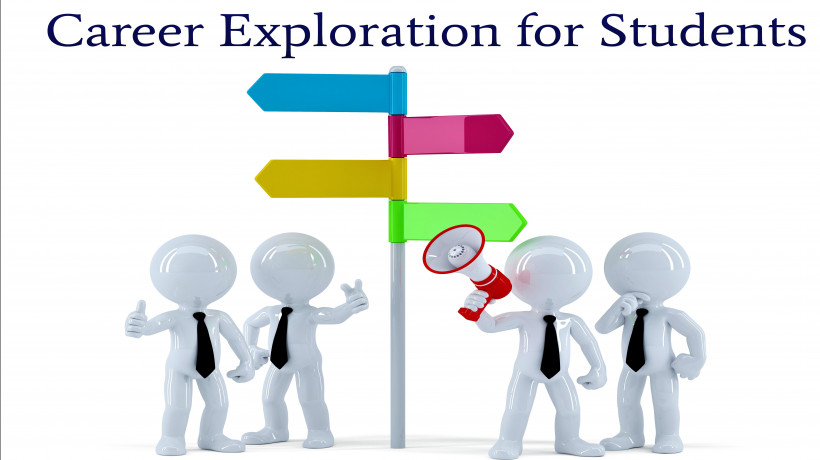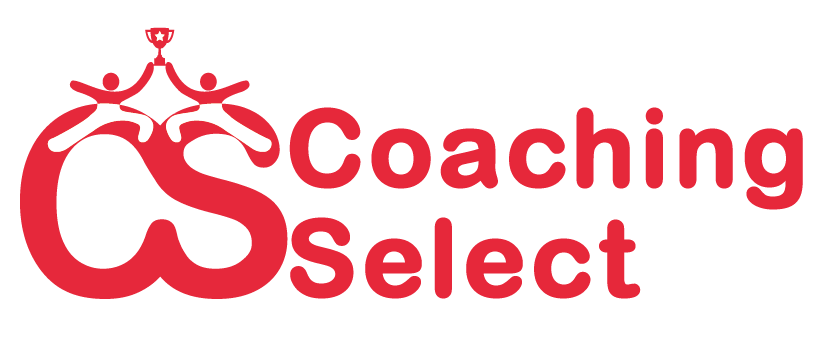Career Exploration for Students
In education, career exploration is the process of researching, evaluating, and learning about modern work opportunities and how students can pursue the careers of their choice.
February 08, 2022

Career Expert & Blogger

That makes career exploration one of the most important subjects in terms of long-term life planning for students in any grade.
For the most part, they break down to four main steps that help students learn more about the working world around them.
-
Research
-
Evaluation
-
Discussion
-
Decision
Before jumping right into these steps, it’s smart to start with a seed list of careers that are either common or popular in the world right now. Careers like software developer, serial entrepreneur, social media strategist, and others are all great places to start for modern careers. You can also use any number of more established or “traditional” careers, like accountant, psychiatrist, construction worker, clerk, and more.
1. Research
The research step of career exploration introduces students to specific careers that they want to understand more. This is where students take your seed list, choose a few careers that sound interesting, and learn more about them.
The most popular way is to have students go online to school-sanctioned websites to learn more. Your school may even pay for career exploration software that’s specifically designed for students to learn more about the working world. Another way is to lecture. This relies on your knowledge of careers and traditional classroom resources (like textbooks). A third way is to network with professionals in your area and have them come discuss their career with your class. This teaching method requires clearance from your school and some degree of coordination with individuals outside your school, which can get to be a lot of work on top of your regular teaching responsibilities. But if students seem drawn to one career in particular, you have a perfect opportunity to contact someone who actually works in that field to speak to your class.
2. Evaluation
The evaluation step of career exploration empowers students to analyze the research they’ve conducted so they can get a deeper understanding of their favorite jobs. Part of that understanding may be learning that a career simply isn’t a good fit for them at the moment. That doesn’t mean that students will completely disregard a career, especially if they’re elementary- or middle-school aged students.
In other words, a student may start the evaluation process by looking at a career that they think is perfect. By the time they’re done reading, they may have a different career aspiration, purely because they learned something new! The important victory here is that you’ve expanded your students’ horizons so that they can understand the breadth of possibilities in their futures.
3. Discussion
The discussion step of career exploration encourages students to talk about what they learned with their peers. This lets students compare the careers they chose, why they liked those careers, and other offshoot careers that they discovered. Likewise, two students may find out that they have a mutual career interest and hit it off talking about the requirements and possibilities of the job. Students may also disagree about which careers they like. This may sound like a problem on the surface, but it can actually lead to constructive and educational conversation. This helps students understand what interests can lead to other careers while providing them with a fresh perspective on careers in general.
4. Decision
The decision step of career exploration revolves around students deciding which career they’d like to pursue more. This does not mean that a student is choosing the career they’ll be for their entire lives.
This phase is typically the fastest of the career exploration steps. You can set whatever requirements you’d like to help students move forward in their career curiosities. You could also leave it all up to them how they go after their dreams.
Career Exploration Helpful?
First and most obviously, career exploration helps students discover the jobs that are available to them after they’ve graduated from school. In addition, they also learn what level of education, work experience, and professionalism they need to succeed in their chosen career. Students also learn about the income they can expect from a career, how they can obtain that income, and how they can advance throughout the tiers of their career’s expertise. In other words, students get a head start on their post-school lives by learning about the real world.
When Career Exploration Succeeds?
Everyone wants to know whether they’re successfully teaching — but how do you actually measure that success? For career exploration, you have a couple different methods at your fingertips.
First, measure the percentage of students in your class who have concretely chosen a career they want to investigate further. For the students who don’t have a definitive answer, you know that you have to follow up with them to get them engaged with the subject or a career that’s more suited to their interests. Another way to measure success is with a summative assessment given as a traditional test or essay.
This lets your students answer questions about the class based on what they learned — not necessarily a right or wrong answer. Instead, you get students to talk about what they learned in a class, why they liked something, why they disliked something, and what they want to do next.



